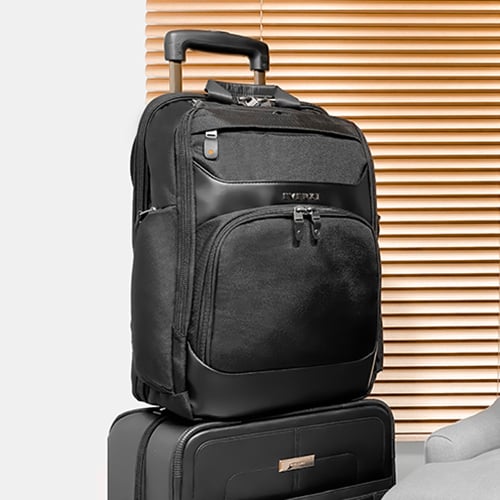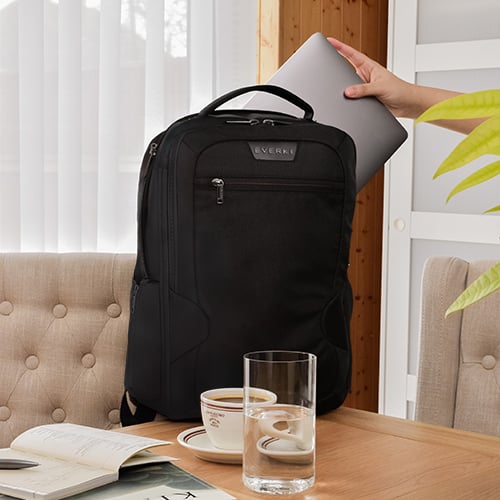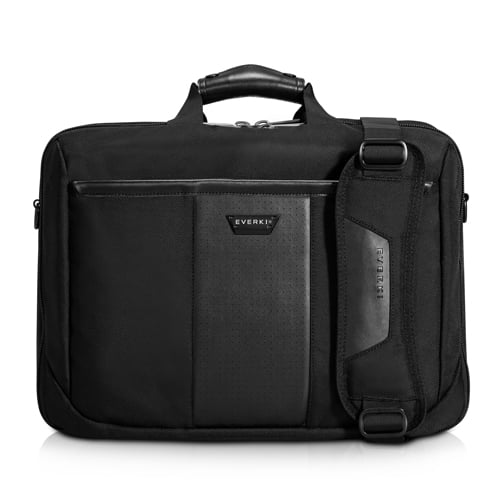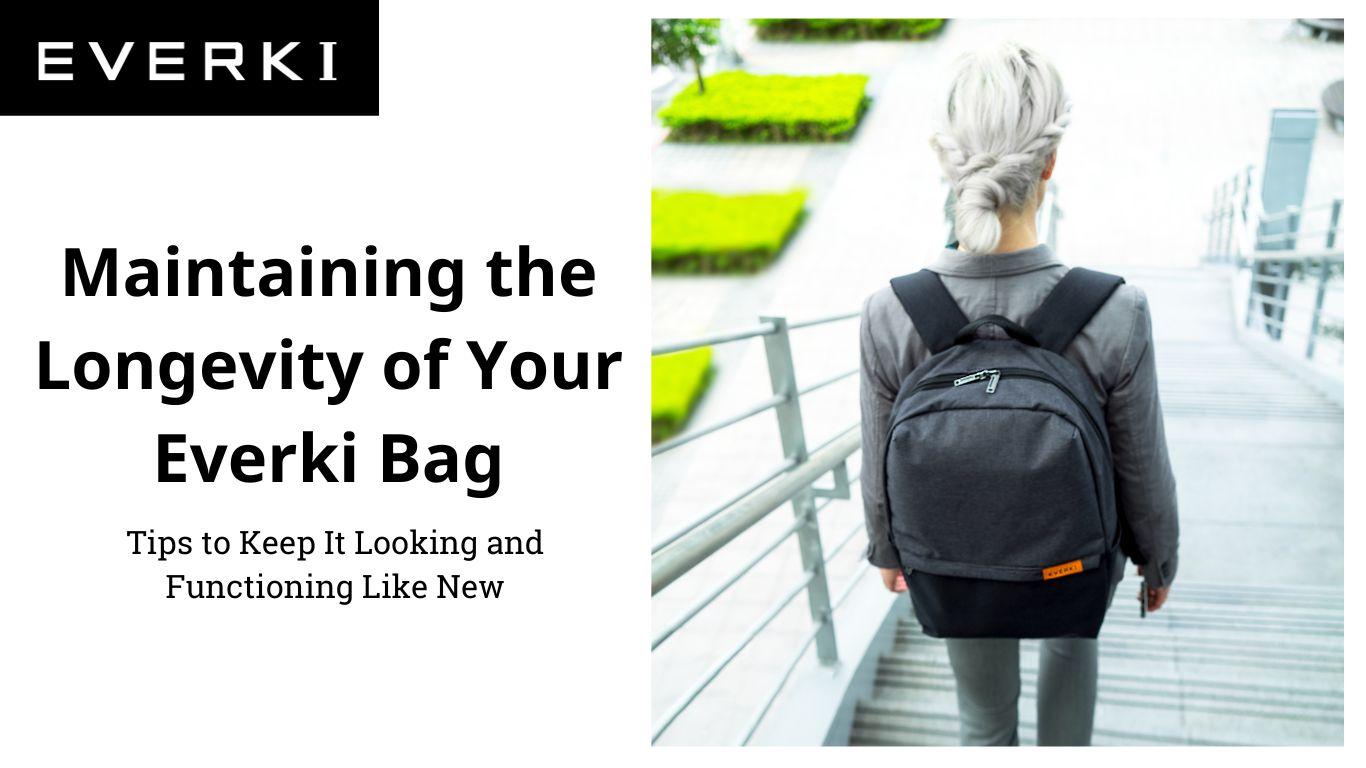10 Essential Tips for Extending the Lifespan of Your Everki Bag
Table of Contents
- Introduction
- Understanding the Importance of Cleaning and Maintenance
- Preparing Your Everki Bag for Cleaning
- Cleaning Techniques for Different Everki Bag Types
- Drying and Storing Your Everki Bag Properly
- Maintaining Zippers, Straps, and Buckles
- Addressing Wear and Tear on Your Everki Bag
- Caring for Specialized Features in Everki Bags
- Protecting Your Everki Bag Against Weather Elements
- Essential Tips for Ongoing Everki Bag Maintenance
- Frequently Asked Questions
- Conclusion: Maximizing the Lifespan of Your Everki Bag
Taking the time to clean and maintain your Everki bag is more than just an exercise in cleanliness or a way to keep your bag looking new. First and foremost, it's a hygiene issue. Bags can become breeding grounds for bacteria, mainly if you use them to carry food, sweaty gym clothes, or wet items. Bacteria buildup can lead to unpleasant odors, and mold and mildew can develop in worst-case scenarios.
Furthermore, a well-maintained bag is more likely to have a long lifespan. Everki bags are built for durability, but even the most robust materials can deteriorate if not taken care of properly. Neglected spills can make it difficult to remove stains, and untreated wear and tear can result in rips or broken zippers.
The failure of any component could reduce the overall functionality of your bag. Therefore, regular cleaning and maintenance are investments that can save you the cost and inconvenience of frequent replacements. Here are the
backpack longevity tips that you will find helpful:
Cleaning Techniques for Different Backpack Types
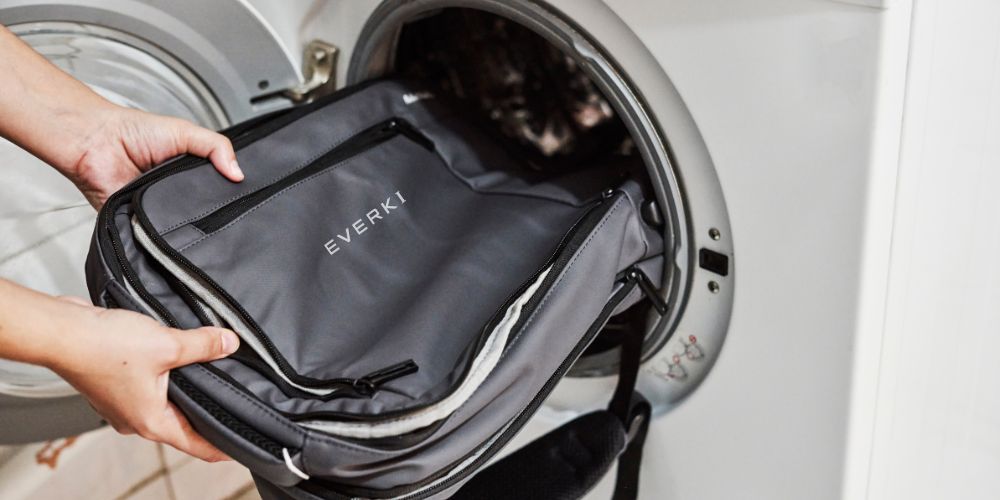
Everki bags can come in a variety of materials, each requiring its own set of cleaning rules:
Preparing Your Backpack for Cleaning
Before you begin cleaning your Everki bag, you need to prepare it to ensure an effective and thorough cleaning process. Start by emptying the bag completely. Check all compartments, side pockets, and hidden zipper areas to make sure nothing is left inside. Even a lone pen cap can become a problem if it's caught in the washing machine or if it releases ink during cleaning.
Once you've emptied the bag, open all the zippers and shake it out over a trash can to remove crumbs or debris. After that, inspect your bag for stains, loose threads, or any other areas that might require special attention.
For any stubborn stains, consider spot-cleaning them with a mild soap solution or a specialized cleaner appropriate for the bag's material. This pre-cleaning step makes the main cleaning process more effective. This step will make backpack care tips more effective.
Cleaning Canvas Backpacks
Canvas bags are relatively easy to clean but require careful handling to maintain their texture and color. Brush off loose dirt and dust using a soft-bristled brush. Then, prepare a mild soap solution and dip a cloth into it. Wipe down the bag in circular motions, taking care not to oversaturate the material. Once you've cleaned the entire bag, rinse it thoroughly with cold water to remove soap residue.
Cleaning Nylon Backpacks
Nylon is durable and somewhat water-resistant, making it easier to clean. Prepare a cleaning solution of warm water and a few drops of mild soap. Use a sponge or a soft cloth to apply the solution, gently scrubbing away dirt and stains. Be careful not to scrub too hard, as you don't want to damage the nylon fibers. Rinse thoroughly with clean water.
Cleaning Waterproof Backpacks
Waterproof bags require a gentle touch. Start by wiping down the exterior with a damp cloth to remove surface dirt. For more stubborn stains or residues, use a soft brush. Avoid using detergents or soap, as these can compromise the waterproof coating. If you must, use a cleaner specifically designed for waterproof materials.
Cleaning Leather and Suede Backpacks
Leather and suede require specialized cleaning products. For leather, opt for a cleaner or conditioner specifically designed for leather materials. Apply using a soft cloth and rub it in gentle circular motions. For suede, use a suede eraser for minor stains and a suede brush to restore the fabric's nap.
Drying and Storage
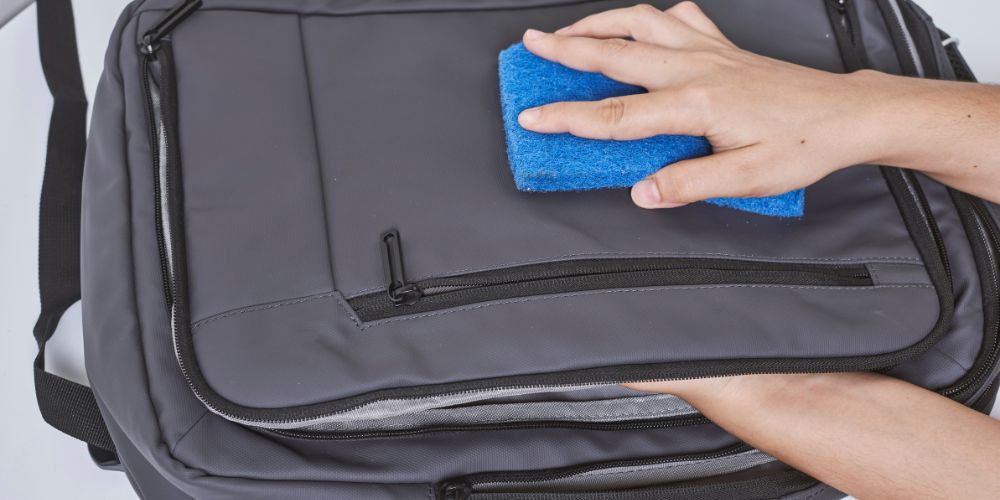
Drying your Everki laptop trolley bag right after cleaning is an essential step that should not be overlooked. A poorly-dried bag can lead to a host of issues ranging from unpleasant odors to material degradation. On the flip side, storing your Everki bag correctly will ensure that it maintains its shape and functionality for the long term. Here's a more detailed look into each of these critical processes.
The Drying Process
Once you've cleaned your Everki lunar laptop bag, whether through spot-cleaning or a more thorough wash, it's crucial to focus on drying it effectively. There are several things to keep in mind:
Proper Ventilation: Always air dry your bag in a well-ventilated area. A lack of air circulation can lead to damp spots, breeding grounds for mold and mildew.
Avoiding Extreme Temperatures: Never place your bag under direct sunlight or use artificial heat sources like hairdryers. Extreme temperatures can lead to material degradation and color fading.
Material Considerations: Different materials may have unique drying needs. For example, canvas might dry faster than leather. Always consult the care label on your specific Everki bag model for any material-specific instructions.
Check for Dampness: Ensure it's completely dry before storing or using your bag again. Even a small damp area can lead to issues like mold growth and unpleasant smells.
Long-Term Storage
Once your Everki Glide laptop backpack is clean and dry, you may need to store it for an extended period. Proper storage is vital to maintaining your bag's shape and preventing material damage. Here's how to do it:
Filling the Bag: Use bubble wrap or crumpled newspapers to fill the bag. This helps maintain its shape and prevents it from developing creases or folds that could weaken the material over time.
Climate Control: Always store your bag in a cool, dry place. Avoid areas like attics or basements prone to high humidity or temperature fluctuations.
Keep Away from Sunlight: Direct sunlight can bleach the color of your bag and weaken the material. Always store your bag in a spot away from direct sun exposure.
Storage Position: If possible, store your bag upright or hang it to avoid any strain on the straps and zippers, as this could lead to wear and tear over time.
By paying attention to the proper drying and storage methods, you can significantly extend the lifespan of your Everki bag. A little effort goes a long way in ensuring that your investment remains functional and appealing for years.
Maintaining Zippers, Straps, and Buckles
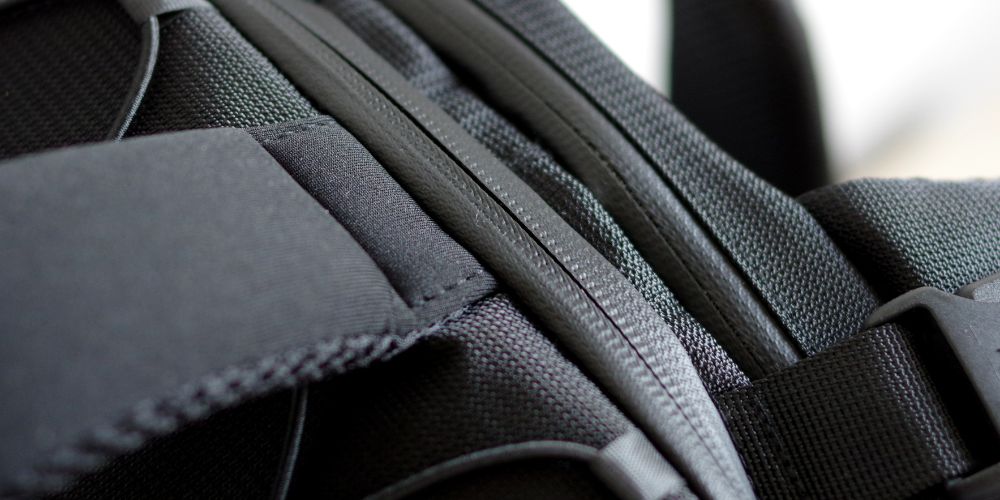
The functional elements like zippers, straps, and buckles often suffer the most wear and tear and thus require regular attention. Zippers can get stuck or become hard to pull over time. A silicone-based lubricant can help keep the action smooth. Apply it sparingly and work the zipper back and forth to distribute the lubricant.
Straps are prone to fraying, especially at the points where they are sewn to the body of the Everki wheeled backpack. Regularly check these areas for loose or broken threads and repair them before the damage spreads. If a buckle cracks or breaks, it's generally best to replace it as soon as possible to maintain the bag's functionality.
Addressing Wear and Tear

Like any frequently used item, your Everki bag will experience wear and tear over time. Regular inspections can help you identify minor issues before they escalate into major problems. If you notice a loose thread, take the time to either trim it or sew it back into place. For small holes, patches can serve as a quick fix.
It may be time to consult a professional if your bag has significant wear or damage, like a large tear or a broken zipper. Some issues are too significant to be effectively handled with at-home remedies and require specialized repair services to restore the bag to a usable condition.
FAQs:
1. How Often Should I Clean My Everki Bag?
The frequency of cleaning depends on how often you use your bag and what you use it for. A thorough monthly cleaning is a good rule of thumb if you use it daily for work or school. For less frequent use, cleaning every 2-3 months should suffice. However, spot-cleaning should be done as soon as stains or spills occur to prevent permanent damage.
2. What Cleaning Agents Are Safe to Use on My Everki Bag?
Always use mild soap solutions for general cleaning. For specialized materials like leather or suede, it's best to use cleaners specifically designed for those fabrics. Avoid using harsh chemicals or bleach, as these can damage the material and affect the color of your bag.
3. Can I Machine-Wash My Everki Bag?
It's generally not advisable to machine wash your Everki bag, as the agitation can cause damage to the material, zippers, and other hardware. Stick to hand-cleaning methods for the safest and most effective cleaning. However, consult the care instructions that come with your specific Everki bag model for the best guidance.
4. How Can I Maintain the Functionality of Zippers and Buckles?
To keep zippers working smoothly, you can use a silicone-based lubricant. Apply it sparingly and move the zipper back and forth to distribute the lubricant evenly. Regular inspection for wear and tear for buckles and straps can help catch issues before they become problematic. Replace any broken buckles as soon as possible.
5. How Can I Prevent My Everki Bag From Developing Odors?
Regular cleaning is the first step in preventing odors. Make sure to clean all compartments and pockets where crumbs or spills may have occurred. You can also use fabric fresheners designed for bags or luggage for a quick refresh. Ensure the bag is fully dry before you use it again to prevent the growth of mold and mildew, which can also cause odors.
6. What Should I Do If My Everki Bag Has Suffered Significant Damage?
For severe damage, such as large rips, broken zippers, or damaged internal framing, it's best to consult a professional bag repair service. Some issues can be too complex for at-home fixes and require specialized skills and materials to restore your bag to a usable state. Before seeking repair, check if the damage is covered under Everki's warranty policy.
Conclusion: The Value of Proper Backpack Care
Cleaning and maintaining your Everki bag should be considered as crucial as any other aspect of taking care of valuable belongings. Just like how a well-maintained car performs better and lasts longer, a well-cared-for bag will provide you with years of reliable service.
Moreover, regular maintenance will also help retain the aesthetic appeal of your bag, keeping it looking as good as new for as long as possible. So make it a habit to clean and maintain your Everki bag, and you'll find that it will serve you well in all your journeys and adventures.
Cleaning a bag might be easier, but finding the perfect one can be difficult. Everki has everything to that you need. From travel-friendly laptop bags to ones with trolleys, you can find a wide range of laptop backpacks that will keep all expensive gadgets safely in place!

